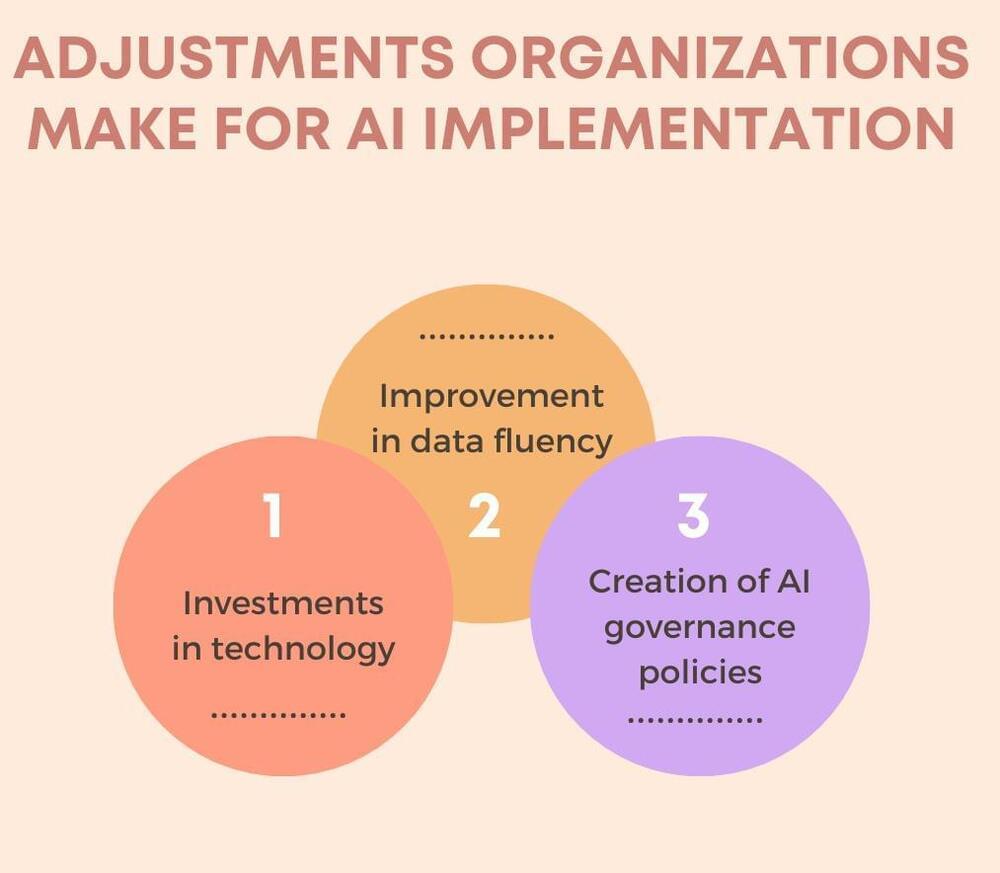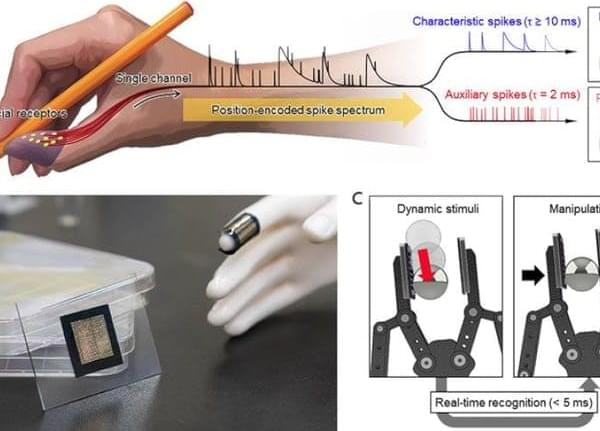“At healthy levels, worry can help us anticipate threats and prepare for the future,” says Rebecca C. Cox, the lead author of the research from the Department of Integrative Psychology, University of Colorado, Boulder. “Worry can become a cause for concern if the frequency or intensity of the worry is disproportionate to the source of the worry. If I’m so worried about an upcoming test that I can’t focus on studying, or I’m so frequently worried about storms that I don’t leave my house, then worry has crossed into a problematic range.”
According to previous research, in those with generalized anxiety disorder, worry may function to keep anxiety at a high but predictable level to avoid experiencing an unexpected shift in emotion.
To** **investigate this on a day-to-day level, Cox and her team asked participants to respond to daily survey prompts in the morning, afternoon, and evening to indicate how anxious they felt in that moment. This method, called ecological momentary assessment, is often employed by psychologists to measure emotions in real-time.
Full Story:
New research suggests excessive worrying does more harm than good.








